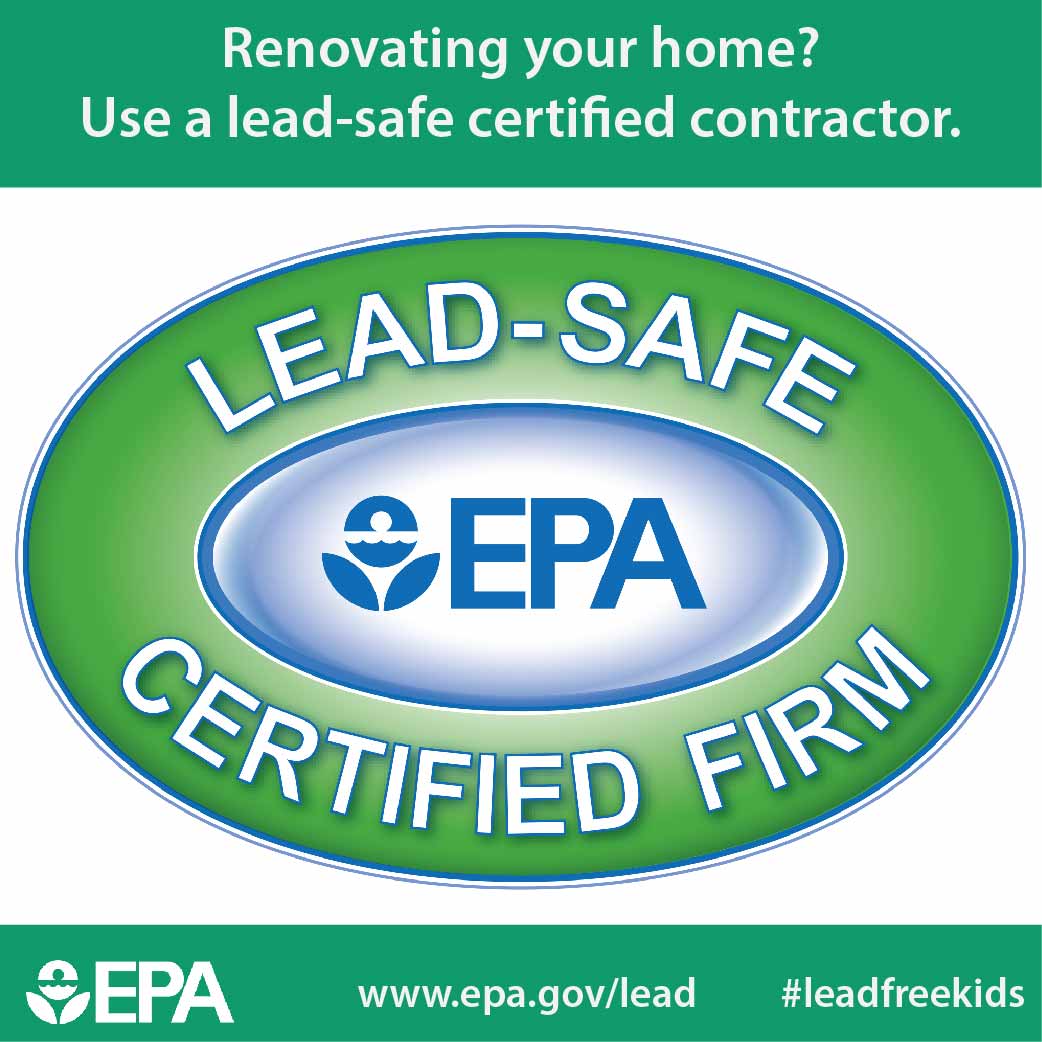Understand Exactly How Seasonal Problems Impact The Success Of Commercial Outside Painting And Find Out The Suitable Periods To Assure Resilient End Results For Your Project
Understand Exactly How Seasonal Problems Impact The Success Of Commercial Outside Painting And Find Out The Suitable Periods To Assure Resilient End Results For Your Project
Blog Article
Published By-Korsholm Decker
When you're preparing a commercial external paint job, seasonal variables can make or break your results. You'll intend to consider just how temperature and moisture effect paint application and drying times. Picking the ideal period can ensure your paint sticks correctly and lasts longer. However which seasons are absolutely the very best for this kind of work? Let's explore the crucial elements that can affect your job's success.
The Impact of Temperature Level on Paint Application
When you're planning a commercial external painting job, the temperature can significantly impact just how well the paint adheres and dries out.
Preferably, you want to paint when temperature levels vary in between 50 ° F and 85 ° F. If it's as well chilly, the paint may not cure effectively, leading to issues like peeling off or breaking.
On the other side, if it's too hot, the paint can dry out also promptly, avoiding proper adhesion and resulting in an uneven surface.
You should likewise think about the time of day; morning or late afternoon provides cooler temperature levels, which can be extra positive.
Constantly inspect the producer's suggestions for the specific paint you're making use of, as they often offer support on the optimal temperature variety for optimum results.
Moisture and Its Result on Drying Times
Temperature isn't the only ecological variable that affects your industrial exterior painting job; moisture plays a substantial function also. High moisture levels can reduce drying out times substantially, influencing the overall high quality of your paint job.
When the air is saturated with dampness, the paint takes longer to treat, which can lead to problems like inadequate bond and a higher threat of mold growth. If you're repainting on an especially moist day, be planned for extended wait times between layers.
It's crucial to keep track of neighborhood weather and strategy appropriately. Preferably, aim for humidity degrees between 40% and 70% for ideal drying out.
Maintaining these factors in mind ensures your task stays on track and supplies a long lasting finish.
Best Seasons for Commercial Exterior Painting Projects
What's the very best time of year for your business exterior paint jobs?
Springtime and early loss are normally your best bets. Throughout https://www.washingtonpost.com/business/2022/03/08/should-you-paint-your-homes-brick-exterior/ , temperatures are moderate, and humidity degrees are commonly reduced, creating perfect conditions for paint application and drying out.
Prevent summer season's intense heat, which can create paint to dry too rapidly, causing poor adhesion and finish. Likewise, winter's cool temperature levels can prevent correct drying and healing, risking the durability of your paint job.
Go for days with temperature levels between 50 ° F and 85 ° F for optimum outcomes. Keep in mind to examine the local weather forecast for rainfall, as wet conditions can ruin your project.
Planning around these aspects guarantees your paint task runs smoothly and lasts longer.
Verdict
To conclude, preparing your commercial external painting jobs around seasonal factors to consider can make a substantial difference in the result. By organizing job throughout the perfect temperatures and moisture degrees, you'll guarantee far better bond and drying times. sharper impressions painting in mind to keep an eye on local weather prediction and choose the right time of year-- spring and very early fall are your best choices. Taking these actions will help you achieve a resilient and expert surface that lasts.
